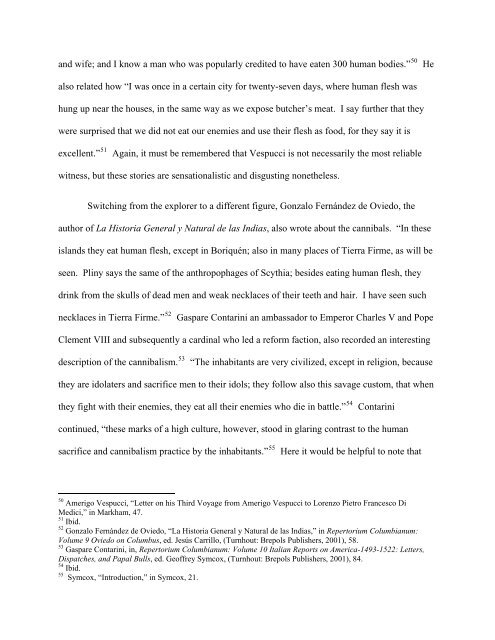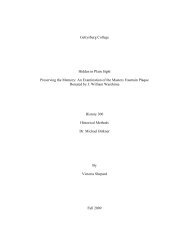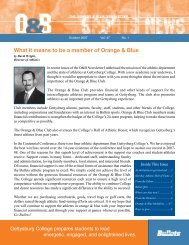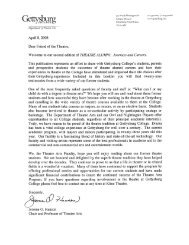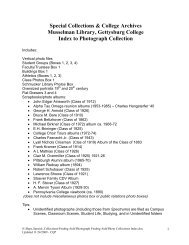Sweet Tooth for Empire: Sugar and the British Atlantic World
Sweet Tooth for Empire: Sugar and the British Atlantic World
Sweet Tooth for Empire: Sugar and the British Atlantic World
You also want an ePaper? Increase the reach of your titles
YUMPU automatically turns print PDFs into web optimized ePapers that Google loves.
<strong>and</strong> wife; <strong>and</strong> I know a man who was popularly credited to have eaten 300 human bodies.” 50 He<br />
also related how “I was once in a certain city <strong>for</strong> twenty-seven days, where human flesh was<br />
hung up near <strong>the</strong> houses, in <strong>the</strong> same way as we expose butcher’s meat. I say fur<strong>the</strong>r that <strong>the</strong>y<br />
were surprised that we did not eat our enemies <strong>and</strong> use <strong>the</strong>ir flesh as food, <strong>for</strong> <strong>the</strong>y say it is<br />
excellent.” 51 Again, it must be remembered that Vespucci is not necessarily <strong>the</strong> most reliable<br />
witness, but <strong>the</strong>se stories are sensationalistic <strong>and</strong> disgusting none<strong>the</strong>less.<br />
Switching from <strong>the</strong> explorer to a different figure, Gonzalo Fernández de Oviedo, <strong>the</strong><br />
author of La Historia General y Natural de las Indias, also wrote about <strong>the</strong> cannibals. “In <strong>the</strong>se<br />
isl<strong>and</strong>s <strong>the</strong>y eat human flesh, except in Boriquén; also in many places of Tierra Firme, as will be<br />
seen. Pliny says <strong>the</strong> same of <strong>the</strong> anthropophages of Scythia; besides eating human flesh, <strong>the</strong>y<br />
drink from <strong>the</strong> skulls of dead men <strong>and</strong> weak necklaces of <strong>the</strong>ir teeth <strong>and</strong> hair. I have seen such<br />
necklaces in Tierra Firme.” 52 Gaspare Contarini an ambassador to Emperor Charles V <strong>and</strong> Pope<br />
Clement VIII <strong>and</strong> subsequently a cardinal who led a re<strong>for</strong>m faction, also recorded an interesting<br />
description of <strong>the</strong> cannibalism. 53 “The inhabitants are very civilized, except in religion, because<br />
<strong>the</strong>y are idolaters <strong>and</strong> sacrifice men to <strong>the</strong>ir idols; <strong>the</strong>y follow also this savage custom, that when<br />
<strong>the</strong>y fight with <strong>the</strong>ir enemies, <strong>the</strong>y eat all <strong>the</strong>ir enemies who die in battle.” 54 Contarini<br />
continued, “<strong>the</strong>se marks of a high culture, however, stood in glaring contrast to <strong>the</strong> human<br />
sacrifice <strong>and</strong> cannibalism practice by <strong>the</strong> inhabitants.” 55 Here it would be helpful to note that<br />
50<br />
Amerigo Vespucci, “Letter on his Third Voyage from Amerigo Vespucci to Lorenzo Pietro Francesco Di<br />
Medici,” in Markham, 47.<br />
51<br />
Ibid.<br />
52<br />
Gonzalo Fernández de Oviedo, “La Historia General y Natural de las Indias,” in Repertorium Columbianum:<br />
Volume 9 Oviedo on Columbus, ed. Jesús Carrillo, (Turnhout: Brepols Publishers, 2001), 58.<br />
53<br />
Gaspare Contarini, in, Repertorium Columbianum: Volume 10 Italian Reports on America-1493-1522: Letters,<br />
Dispatches, <strong>and</strong> Papal Bulls, ed. Geoffrey Symcox, (Turnhout: Brepols Publishers, 2001), 84.<br />
54<br />
Ibid.<br />
55 Symcox, “Introduction,” in Symcox, 21.


